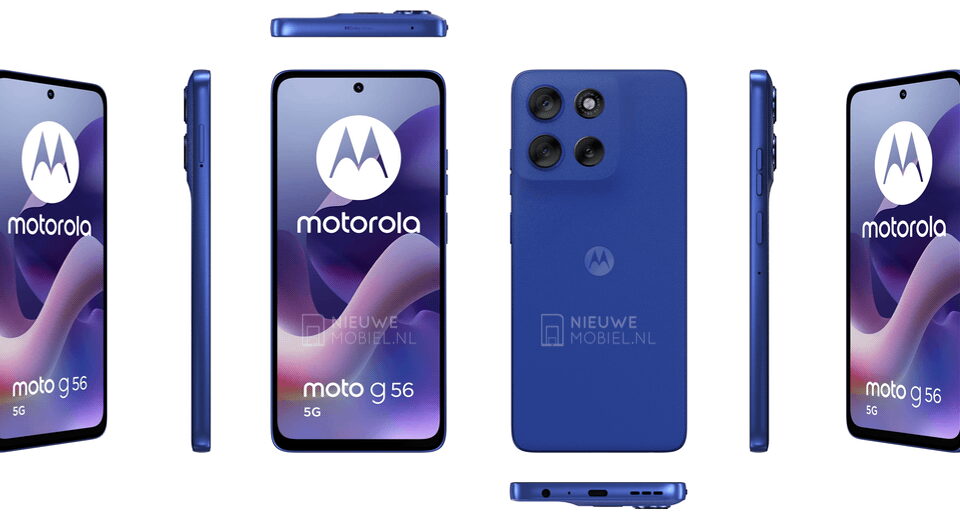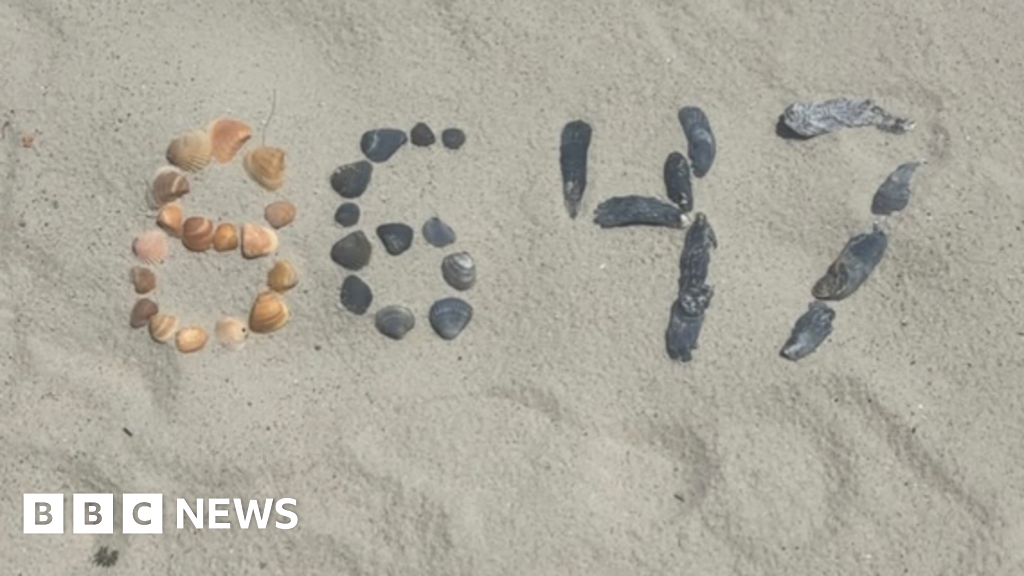Show HN: GlassFlow – OSS streaming dedup and joins from Kafka to ClickHouse

Join our weekly office hours every Wednesday 15:00-18:00 CET
GlassFlow for ClickHouse Streaming ETL
GlassFlow for ClickHouse Streaming ETL is a real-time stream processor designed to simplify data pipeline creation and management between Kafka and ClickHouse. It provides a powerful, user-friendly interface for building and managing real-time data pipelines with built-in support for deduplication and temporal joins.
Built specifically for data engineers, GlassFlow handles late-arriving events, ensures exactly-once correctness, and scales with high-throughput data. It delivers accurate, low-latency results from streaming data without compromising simplicity or performance. The tool's intuitive web interface makes it easy to configure and monitor pipelines, while its robust architecture ensures reliable data processing.
Key Features
-
Streaming Deduplication:
- Real-time deduplication of Kafka streams before ingestion into ClickHouse
- Configurable time windows up to 7 days for deduplication
- Simple configuration of deduplication keys and time windows
- One-click setup for deduplicated data pipelines
- Prevents duplicate data from reaching ClickHouse
-
Temporal Stream Joins:
- Join two Kafka streams in real-time
- Configurable time windows up to 7 days for stream joins
- Configure join keys and time windows through the UI
- Simplified join setup process
- Produce joined streams ready for ClickHouse ingestion
-
Built-in Kafka Connector:
- Powered by NATS-Kafka Bridge
- Automatic data extraction from Kafka topics
- Seamless integration with Kafka clusters
- No manual data pulling required
- Supports multiple Kafka topics and partitions
- Native support for JSON data types
-
Optimized ClickHouse Sink:
- Native ClickHouse connection for maximum performance
- Configurable batch sizes for efficient data ingestion
- Adjustable wait times for optimal throughput
- Built-in retry mechanisms
- Automatic schema detection and management
- Full support for JSON data types in ClickHouse
-
User-Friendly Interface: Web-based UI for pipeline configuration and management
-
Local Development: Includes demo setup with local Kafka and ClickHouse instances
-
Docker Support: Easy deployment using Docker and docker-compose
-
Self-Hosted: Open-source solution that can be self-hosted in your infrastructure

Quick Start
Prerequisites
- Docker and Docker Compose
- Git
Local Development Setup
- Clone the repository:
git clone https://github.com/glassflow/clickhouse-etl.git
cd clickhouse-etl
- Start the services using Docker Compose:
docker-compose up
- Access the web interface at
http://localhost:8080to configure your pipeline:
- Connection Setup:
- Configure Kafka source connection parameters
- Configure ClickHouse sink connection parameters
- Pipeline Configuration:
- Select Kafka input streams
- Define deduplication key and time window
- For joins: specify join keys and time window for each stream
- Configure ClickHouse table settings
- Pipeline Management:
- Start/stop pipelines
- Check pipeline logs
Usage
Creating a Pipeline
- Access the web interface at
http://localhost:8080 - Configure your source (Kafka) and sink (ClickHouse) connections
- Define your pipeline transformations:
- Set up deduplication rules
- Configure temporal joins between streams
- Define data transformations
- Start the pipeline and monitor its progress
Local Testing
The project includes a comprehensive demo setup in the demos folder that provides a complete local testing environment. This setup includes:
- Local Kafka instance with Zookeeper
- Local ClickHouse instance
- Sample data generation
- Example pipeline configurations
- Step-by-step instructions for running the demo
For detailed instructions on setting up and running the local testing environment, see the Demo README file.
Architecture
The project consists of several key components:
- GlassFlow API: Core ETL engine written in Go
- Web UI: User interface for pipeline management
- NATS: Message broker for internal communication
- Kafka Bridge: Connector for Kafka integration using the
NATS-Kafka Bridge
For information about third-party components and their licenses, please see our NOTICE file.
Pipeline Configuration
The pipeline configuration is defined in a JSON file that specifies the source, sink, and any transformations. While the web interface automatically generates this configuration, understanding its structure can be helpful for advanced users.
The pipeline configuration is a JSON object that defines how data flows from Kafka topics to ClickHouse tables. It consists of three main components:
- Source Configuration (Kafka)
- Sink Configuration (ClickHouse)
- Join Configuration (Optional)
Root Configuration
| Field | Type | Required | Description |
|---|---|---|---|
pipeline_id |
string | Yes | Unique identifier for the pipeline. Must be non-empty. |
source |
object | Yes | Configuration for the Kafka source. See Source Configuration. |
sink |
object | Yes | Configuration for the ClickHouse sink. See Sink Configuration. |
join |
object | No | Configuration for joining multiple Kafka topics. See Join Configuration. |
Source Configuration
The source configuration defines how to connect to and consume from Kafka topics.
| Field | Type | Required | Description |
|---|---|---|---|
type |
string | Yes | "kafka" is the only supported source |
provider |
string | No | Kafka provider, e.g. "aiven" |
topics |
array | Yes | List of Kafka topics to consume from. See Topic Configuration. |
connection_params |
object | Yes | Kafka connection parameters. See Connection Parameters. |
Connection Parameters
| Field | Type | Required | Description |
|---|---|---|---|
brokers |
array | Yes | List of Kafka broker addresses (e.g., ["localhost:9092"]). |
protocol |
string | Yes | Security protocol for Kafka connection (e.g., "SASL_SSL"). |
mechanism |
string | Yes | Authentication mechanism (e.g., "SCRAM-SHA-256"). |
username |
string | Yes | Username for Kafka authentication. |
password |
string | Yes | Password for Kafka authentication. |
root_ca |
string | No | Cert. file for Kafka authentication. |
Topic Configuration
Each topic in the topics array has the following configuration:
| Field | Type | Required | Description |
|---|---|---|---|
name |
string | Yes | Name of the Kafka topic. |
consumer_group_initial_offset |
string | Yes | Initial offset for the consumer group ("earliest" or "newest"). |
schema |
object | Yes | Event schema definition. See Schema Configuration. |
deduplication |
object | Yes | Deduplication settings. See Deduplication Configuration. |
Schema Configuration
| Field | Type | Required | Description |
|---|---|---|---|
type |
string | Yes | Schema type (Currently only "json" is supported). |
fields |
array | Yes | List of field definitions. See Field Configuration. |
Field Configuration
| Field | Type | Required | Description |
|---|---|---|---|
name |
string | Yes | Field name. |
type |
string | Yes | Field type (e.g., "String", "Integer"). |
Deduplication Configuration
| Field | Type | Required | Description |
|---|---|---|---|
enabled |
boolean | Yes | Whether deduplication is enabled. |
id_field |
string | Yes | Field name used for message deduplication. |
id_field_type |
string | Yes | Type of the ID field (e.g., "string"). |
time_window |
string | Yes | Time window for deduplication (e.g., "1h" for one hour). |
Sink Configuration
The sink configuration defines how to connect to and write to ClickHouse.
| Field | Type | Required | Description |
|---|---|---|---|
type |
string | Yes | Must be "clickhouse". |
host |
string | Yes | ClickHouse server hostname. |
port |
integer | Yes | ClickHouse server port. |
database |
string | Yes | ClickHouse database name. |
username |
string | Yes | ClickHouse username. |
password |
string | Yes | ClickHouse password. |
table |
string | Yes | Target table name. |
secure |
boolean | No | Whether to use secure connection. Defaults to false. |
max_batch_size |
integer | No | Maximum number of records to batch before writing. Defaults to 1000. |
max_delay_time |
string | No | Maximum delay time before the messages are flushed into the sink. Defaults to "10m". |
table_mapping |
array | Yes | List of field to column mappings. See Table Mapping Configuration. |
Table Mapping Configuration
Each mapping in the table_mapping array has the following configuration:
| Field | Type | Required | Description |
|---|---|---|---|
source_id |
string | Yes | Name of the source topic. |
field_name |
string | Yes | Source field name. |
column_name |
string | Yes | Target column name. |
column_type |
string | Yes | Target column type. |
Join Configuration
The join configuration defines how to join data from multiple Kafka topics.
| Field | Type | Required | Description |
|---|---|---|---|
enabled |
boolean | Yes | Whether joining is enabled. |
type |
string | Yes | Join type (e.g., "temporal"). |
sources |
array | Yes | List of sources to join. See Join Source Configuration. |
Join Source Configuration
Each source in the sources array has the following configuration:
| Field | Type | Required | Description |
|---|---|---|---|
source_id |
string | Yes | Name of the Kafka topic to join. |
join_key |
string | Yes | Field name used for joining records. |
time_window |
string | Yes | Time window for joining records (e.g., "1h" for one hour). |
orientation |
string | Yes | Join orientation ("left" or "right"). |
Example Configuration
{
"pipeline_id": "kafka-to-clickhouse-pipeline",
"source": {
"type": "kafka",
"provider": "aiven",
"connection_params": {
"brokers": [
"kafka-broker-0:9092",
"kafka-broker-1:9092"
],
"protocol": "SASL_SSL",
"mechanism": "SCRAM-SHA-256",
"username": "" ,
"password": "" ,
"root_ca": ""
},
"topics": [
{
"consumer_group_initial_offset": "earliest",
"name": "user_logins",
"schema": {
"type": "json",
"fields": [
{
"name": "session_id",
"type": "string"
},
{
"name": "user_id",
"type": "string"
},
{
"name": "timestamp",
"type": "datetime"
}
]
},
"deduplication": {
"enabled": true,
"id_field": "session_id",
"id_field_type": "string",
"time_window": "12h"
}
},
{
"consumer_group_initial_offset": "earliest",
"name": "orders",
"schema": {
"type": "json",
"fields": [
{
"name": "user_id",
"type": "string"
},
{
"name": "order_id",
"type": "string"
},
{
"name": "timestamp",
"type": "datetime"
}
]
},
"deduplication": {
"enabled": true,
"id_field": "order_id",
"id_field_type": "string",
"time_window": "12h"
}
}
]
},
"join": {
"enabled": false,
"type": "temporal",
"sources": [
{
"source_id": "user_logins",
"join_key": "user_id",
"time_window": "1h",
"orientation": "left"
},
{
"source_id": "orders",
"join_key": "user_id",
"time_window": "1h",
"orientation": "right"
}
]
},
"sink": {
"type": "clickhouse",
"provider": "aiven",
"host": "" ,
"port": "12753",
"database": "default",
"username": "" ,
"password": "" ,
"secure": true,
"max_batch_size": 1,
"max_delay_time": "10m",
"table": "user_orders",
"table_mapping": [
{
"source_id": "user_logins",
"field_name": "session_id",
"column_name": "session_id",
"column_type": "UUID"
},
{
"source_id": "user_logins",
"field_name": "user_id",
"column_name": "user_id",
"column_type": "UUID"
},
{
"source_id": "orders",
"field_name": "order_id",
"column_name": "order_id",
"column_type": "UUID"
},
{
"source_id": "user_logins",
"field_name": "timestamp",
"column_name": "login_at",
"column_type": "DataTime"
},
{
"source_id": "orders",
"field_name": "timestamp",
"column_name": "order_placed_at",
"column_type": "DateTime"
}
]
}
}
💡 Note: The web interface automatically generates this configuration based on user input, so manual editing is not required.
Contributing
We welcome contributions! Please see our Contributing Guidelines for details.
License
This project is licensed under the Apache License 2.0.
What's Your Reaction?
 Like
0
Like
0
 Dislike
0
Dislike
0
 Love
0
Love
0
 Funny
0
Funny
0
 Angry
0
Angry
0
 Sad
0
Sad
0
 Wow
0
Wow
0



![Africa CEO Forum : énergie, IA, routes… les paris du continent [Business Africa]](http://static.euronews.com/articles/stories/09/27/46/96/640x360_cmsv2_01295edd-3441-5908-8c4e-adb7e75b9f71-9274696.jpg?1746786054#)



































